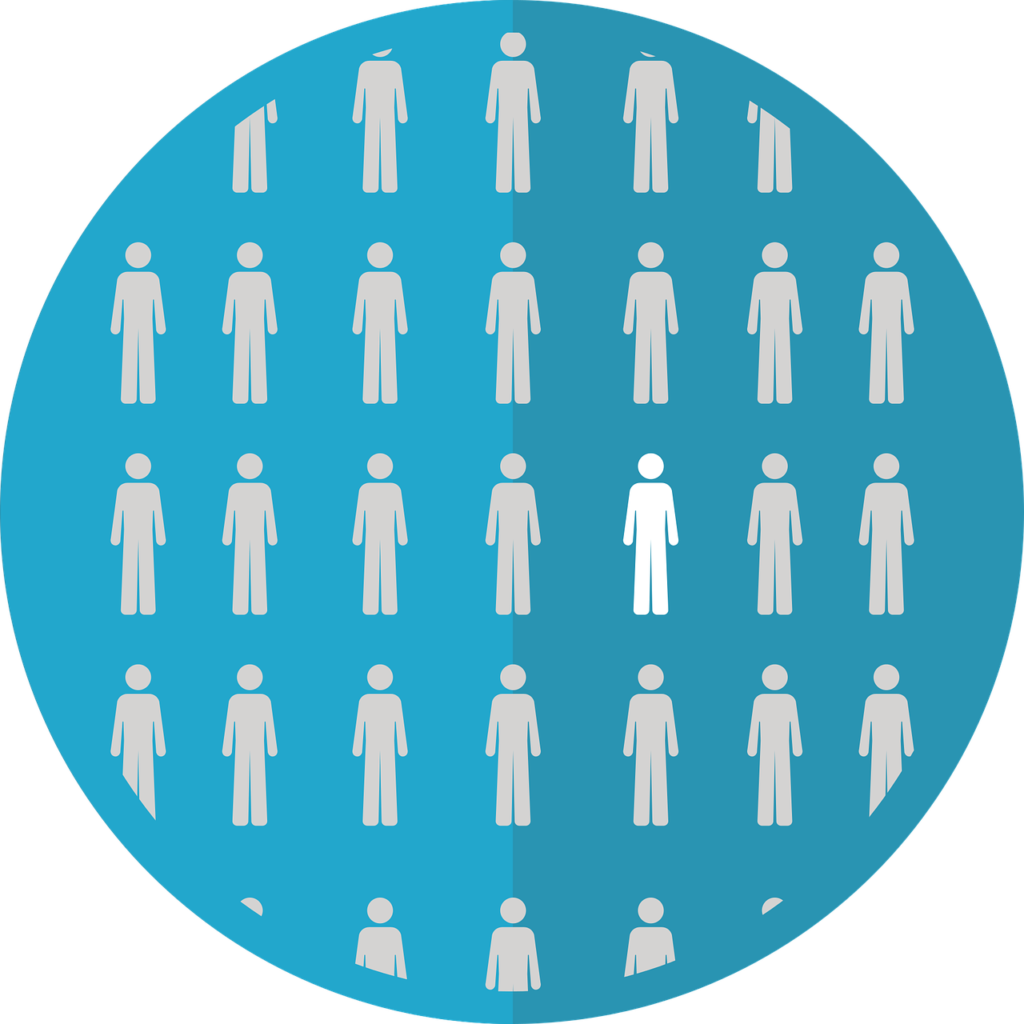Gene Therapy for Rare Diseases: Advancements and Challenges
Gene Therapy for Rare Diseases: Advancements and Challenges

Gene Therapy for Rare Diseases: Advancements and Challenges
Gene Therapy for Rare Diseases: Advancements and Challenges
The Evolution of Gene Therapy
1
Gene therapy, a revolutionary approach to treating diseases at the molecular level, has come a long way since its inception. Over the past decade, significant advancements have been made in the generation of integration competent vectors, greatly improving the efficacy and safety of ex vivo hematopoietic stem cell gene therapies . This progress has opened up new possibilities for treating rare diseases that were previously untreatable.
1
In addition to ex vivo gene therapy, in vivo gene therapy has also shown promise as a safe and effective treatment option for rare diseases . This therapeutic approach involves delivering therapeutic genes directly into the patient’s body, targeting the affected tissues or organs. The development of targeted delivery systems has been crucial in making in vivo gene therapy a viable treatment option.
Milestones in Gene Therapy for Rare Diseases
Early Breakthroughs
1
The journey of gene therapy for rare diseases began with early breakthroughs in the 1980s and 1990s. These breakthroughs laid the foundation for further research and development in the field. One of the notable achievements was the successful treatment of severe combined immunodeficiency (SCID), also known as “bubble boy disease” . SCID is a rare genetic disorder that severely compromises the immune system. The successful treatment of SCID using gene therapy provided hope for the potential of this approach in treating other rare diseases.
Improved Vector Systems
1
The development of safer and more efficient vectors has been a significant milestone in the advancement of gene therapy for rare diseases. Vectors are vehicles that deliver therapeutic genes into the target cells. Initially, viral vectors, such as retroviruses and adenoviruses, were used. However, these vectors posed certain risks, such as insertional mutagenesis and immune responses .
1
To overcome these challenges, researchers have made significant progress in developing integration competent vectors that offer improved safety and efficacy . These vectors have the ability to integrate the therapeutic genes into the patient’s genome, ensuring long-term expression of the therapeutic proteins.
Clinical Trials and Approvals
1
The success of gene therapy in preclinical studies paved the way for clinical trials. Over the years, several clinical trials have been conducted to evaluate the safety and efficacy of gene therapy for various rare diseases. These trials have provided valuable insights into the potential of this approach and have led to the approval of gene therapy products for specific conditions .
1
One such milestone was the approval of Luxturna, a gene therapy product for the treatment of inherited retinal diseases caused by mutations in the RPE65 gene . Luxturna became the first gene therapy product to receive regulatory approval in the United States and Europe, marking a significant milestone in the field.
Broadening the Scope
1
While gene therapy has shown promise in treating certain rare diseases, there is still a long way to go in terms of broadening its scope. One of the challenges is the development of effective delivery systems that can target specific tissues or organs . Improvements in targeted delivery systems would enable gene therapy to be applied to a wider range of diseases.
1
Another challenge is the affordability and accessibility of gene therapy. The high cost of developing and manufacturing gene therapy products poses a barrier to widespread adoption . Addressing the cost issue would be crucial in making gene therapy accessible to all patients who could benefit from it.
The Role of Gene and Cell Therapy Societies
1
The European Society for Gene and Cell Therapy (ESGCT) has played a pivotal role in advancing the field of gene therapy for rare diseases. Led by Professors Juan Bueren and Alberto Auricchio, the ESGCT has provided a platform for collaboration and knowledge-sharing among researchers and clinicians . Their efforts have been instrumental in driving progress and creating a comprehensive perspective on the development of gene therapy for rare diseases in Europe.
Conclusion
Gene therapy has emerged as a promising treatment option for rare diseases. Significant advancements in vector systems, clinical trials, and regulatory approvals have paved the way for the development of gene therapy medicinal products. However, challenges still remain, such as the development of targeted delivery systems and the affordability of these therapies. With continued research and collaboration, gene therapy has the potential to transform the lives of individuals affected by rare diseases.
References
Footnotes
Bueren, J. A., & Auricchio, A. (2023). Advances and Challenges in the Development of Gene Therapy Medicinal Products for Rare Diseases. Human Gene Therapy. doi.org/10.1089/hum.2023.152. ↩ ↩2 ↩3 ↩4 ↩5 ↩6 ↩7 ↩8 ↩9 ↩10





